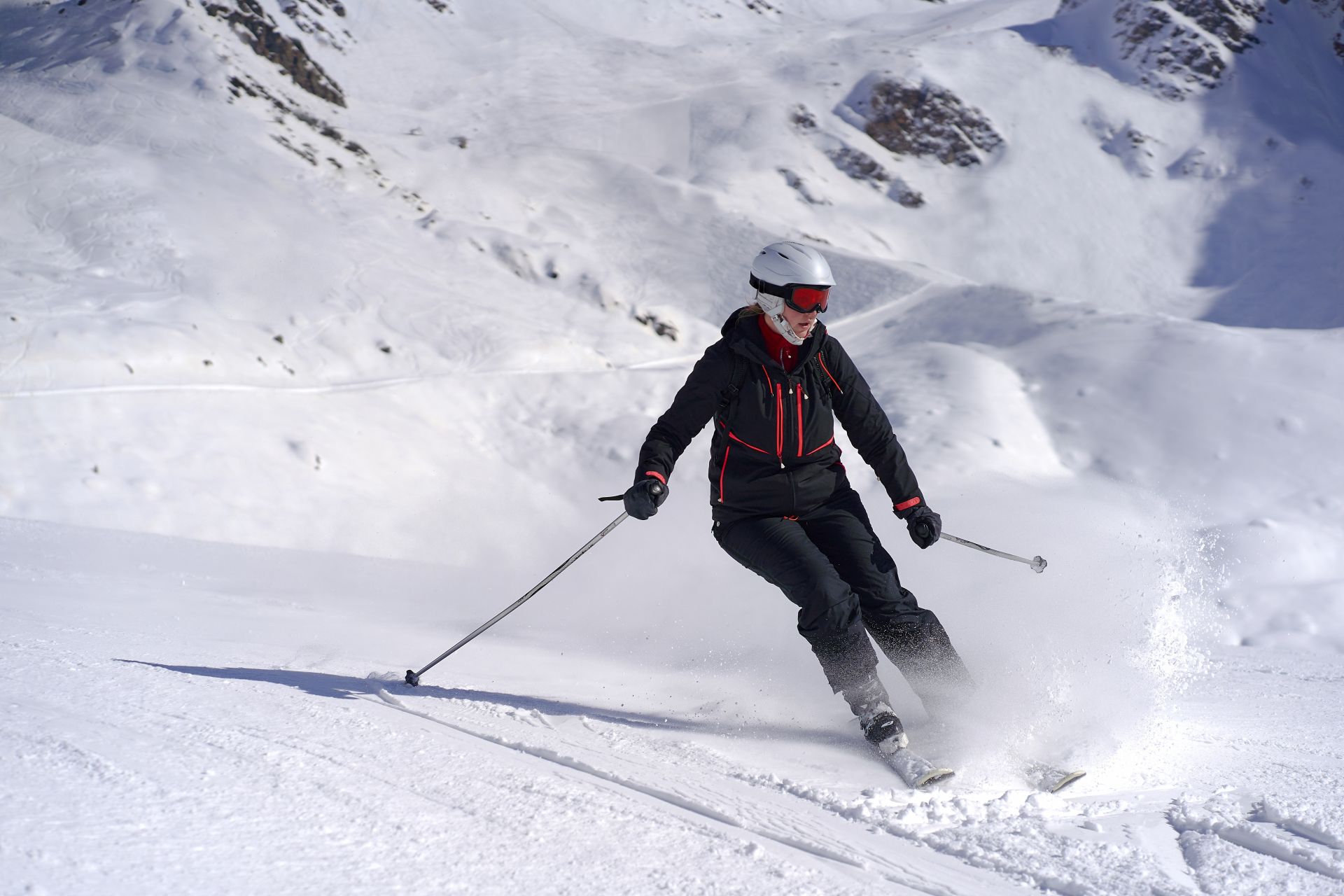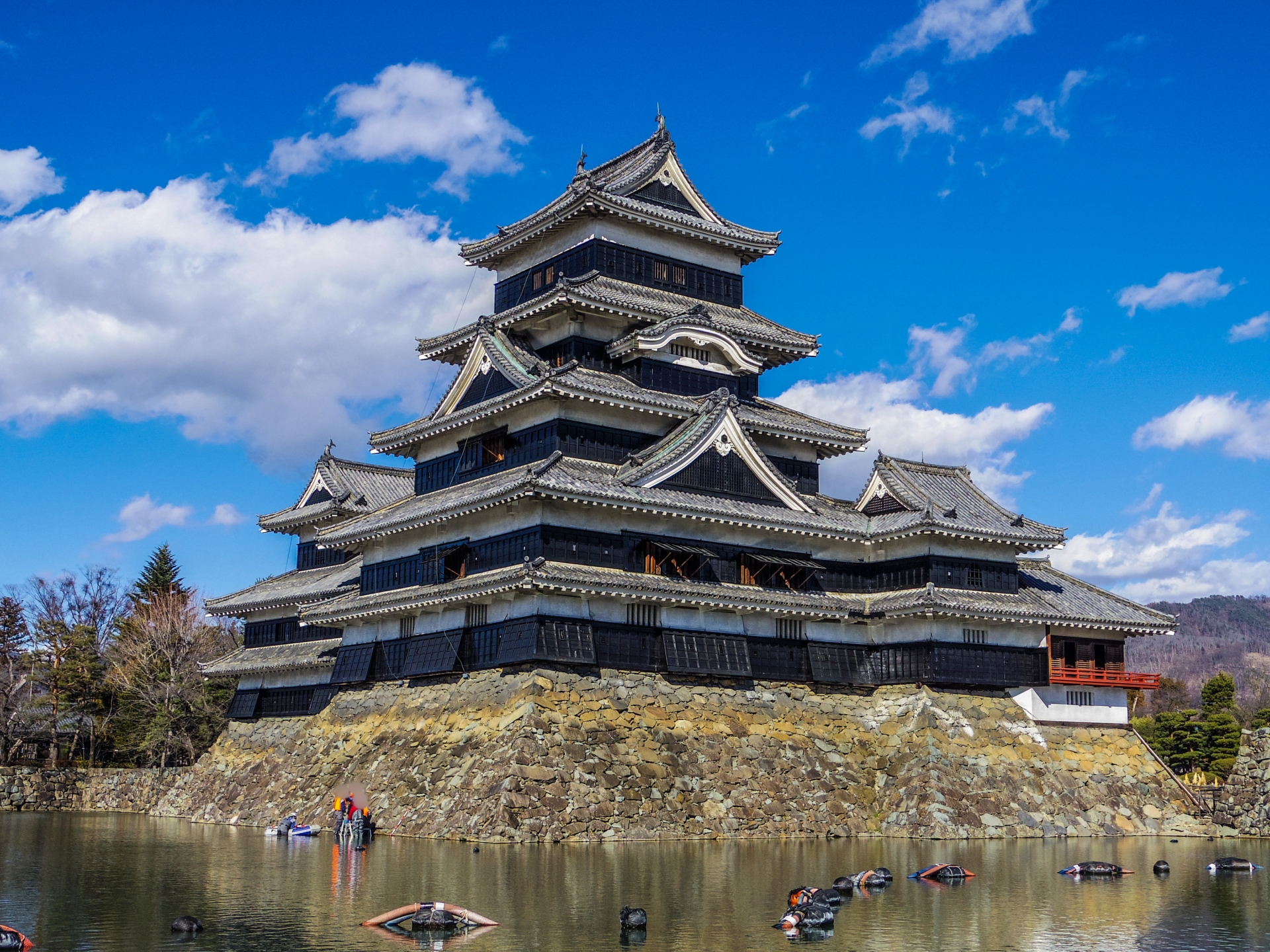If you’re planning a ski trip from Tokyo to Hakuba, you’re in for an unforgettable winter journey through Japan’s stunning alpine landscapes. Hakuba, located deep in the Japanese Alps of Nagano Prefecture, is a snow lover’s paradise — famous for its powder snow, world-class ski resorts, and cozy mountain villages.
In this article, you’ll learn how to get to Hakuba from Tokyo using the four most common transportation options: Shinkansen (bullet train), highway bus, rental car or RV, and private taxi transfer. We’ll compare travel times, prices, and convenience, and share insider tips for traveling during the snowy season.
What Makes Hakuba So Popular

Hakuba Valley is one of Japan’s most iconic winter destinations — not only for skiing but also for its breathtaking scenery and welcoming atmosphere.
A Legacy of the 1998 Winter Olympics
The area gained international fame when it hosted several events during the 1998 Nagano Winter Olympics, including ski jumping and alpine skiing. Even today, you can visit the Hakuba Ski Jumping Stadium, where the Olympic flame once burned, and take in panoramic views of the surrounding mountains.
World-Class Powder and Terrain
Hakuba’s location in the Northern Alps means cold, dry air from Siberia collides with moisture from the Sea of Japan, creating some of the lightest and deepest powder snow in Honshu. The valley includes 10 major ski resorts, such as Happo-One, Goryu, 47, Cortina, and Iwatake, each offering different slopes and scenery.
English-Friendly and International
Unlike some smaller Japanese resorts, Hakuba is known for being English-speaking friendly. Many ski schools, hotels, and restaurants cater specifically to international guests. You’ll find foreign instructors, Western-style breakfasts, and English menus almost everywhere — perfect for first-time visitors to Japan.
Easy Access from Tokyo
Hakuba is only about 270 km from Tokyo, and thanks to Japan’s world-class transportation network, you can reach it in just 3.5 to 5 hours. That makes it ideal for both short ski breaks and week-long winter holidays.
For more inspiration about exploring the region, check out our related guide:
Best Things to Do in Nagano, Japan: Explore Nature, Hot Springs, and Local Culture by Campervan
Best Ways to Travel from Tokyo to Hakuba
Travelers heading from Tokyo to Hakuba have four main transportation options. Your choice depends on your budget, travel style, and group size:
- ・Shinkansen (Bullet Train) + Local Bus – Fast, reliable, and ideal for first-time visitors.
- ・Direct Highway Bus – Affordable and straightforward, especially suitable for solo travelers.
- ・Car or RV Rental – Offers flexibility and scenic stops; perfect for families or groups exploring Nagano.
- ・Taxi or Private Transfer – Provides comfort and convenience with door-to-door service.
Let’s explore each option in detail.
1. By Shinkansen (Bullet Train) + Bus
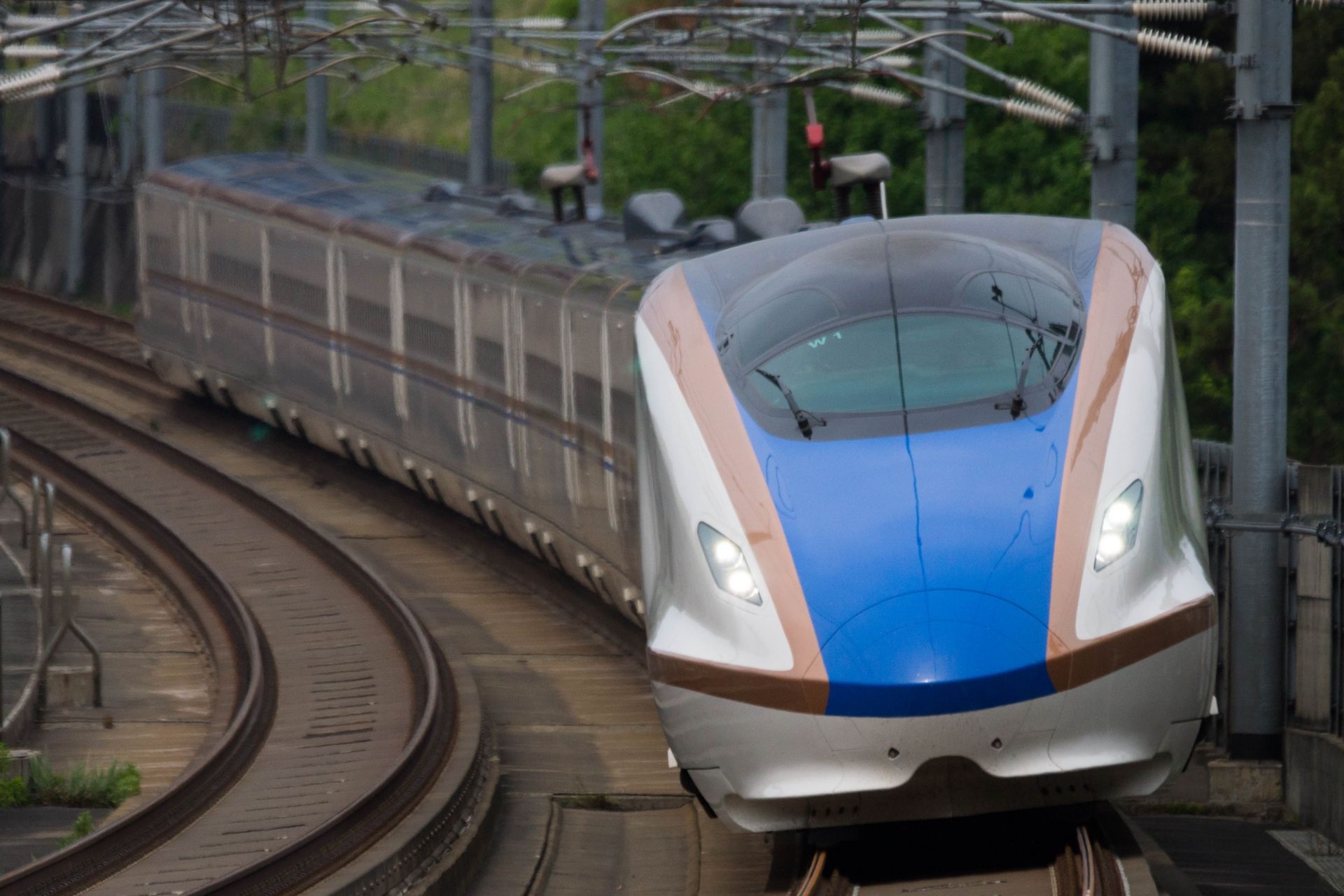
Overview
The most common way to reach Hakuba is by taking the Hokuriku Shinkansen from Tokyo to Nagano, then transferring to a local bus. This combination offers a smooth, reliable journey with minimal stress, even in snowy weather.
Travel Time
- ・Approx. 3.5 to 4 hours total
- ・Tokyo → Nagano (Shinkansen): ~1 hour 20~40 minutes
- ・Nagano → Hakuba (Bus): ~1 hour 15~30 minutes
Cost
- ・Approx. ¥10,000~¥12,000 one way
How to Use
- ・Board the Hokuriku Shinkansen at Tokyo Station, or at Ueno or Omiya.
- ・Choose either the Kagayaki or Hakutaka service (both covered by the Japan Rail Pass).
- ・After arriving at Nagano Station, exit via the East Exit and transfer to a bus bound for Hakuba, such as Alpico or the Nagano Snow Shuttle.
- ・The bus stops at Hakuba Happo Bus Terminal and other resort locations.
Highlights
- ・Fastest option with minimal hassle.
- ・Reliable comfort during heavy snow.
- ・Scenic views of the Japanese Alps.
- ・Plenty of shops at Nagano Station for snacks or souvenirs.
Recommended For
- ・First-time visitors to Japan
- ・JR Pass holders
- ・Travelers carrying ski or snowboard equipment
Travel Tip
If arriving at Narita or Haneda Airport, take the Narita Express (N’EX) or Tokyo Monorail plus Yamanote Line to Tokyo Station to connect with the Shinkansen.
Official Links
2. By Direct Highway Bus
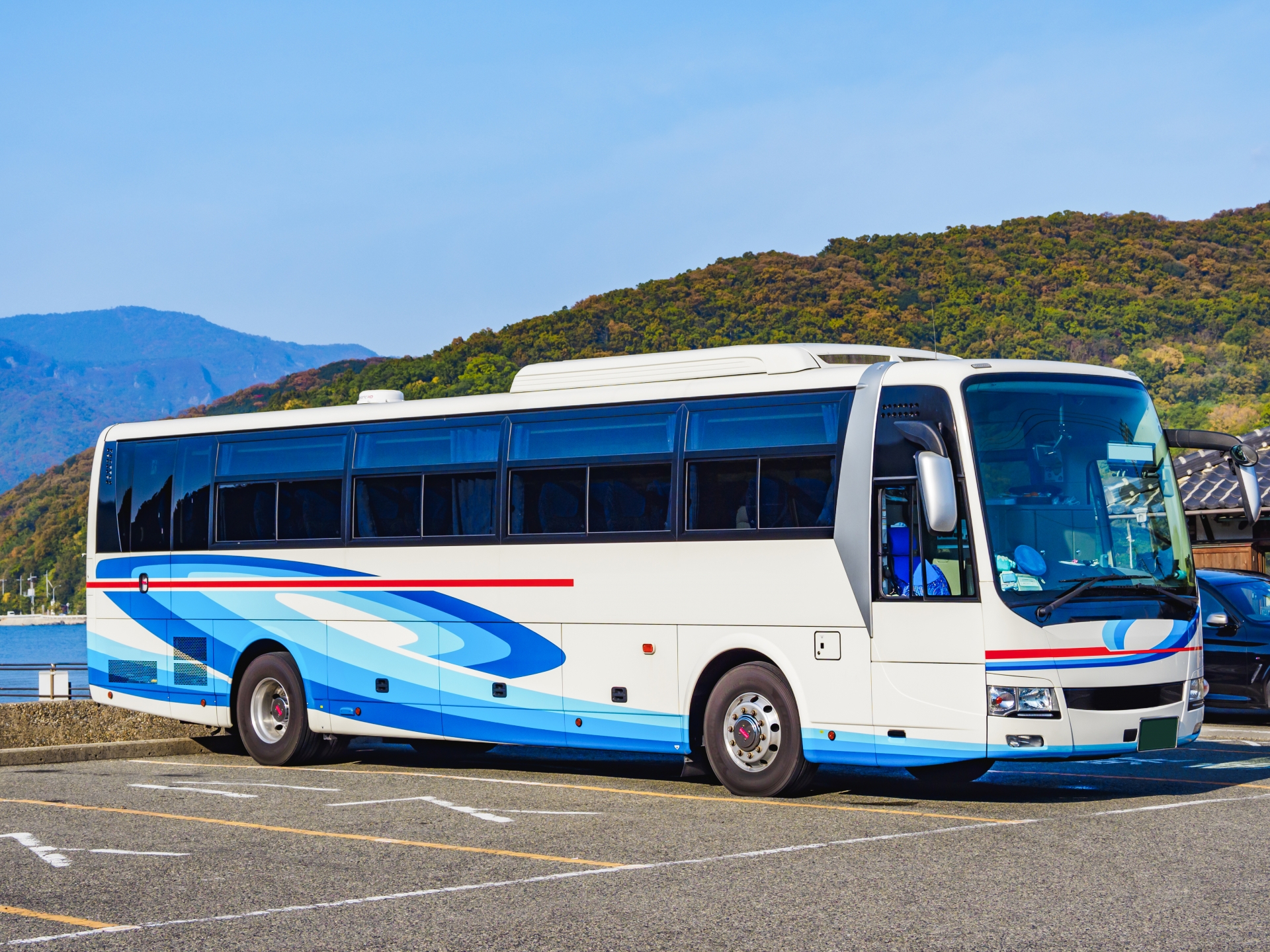
Overview
For those looking to save on travel costs, a direct highway bus from Tokyo to Hakuba is a great choice. Departing from Shinjuku or Shibuya, it reaches Hakuba without requiring transfers, which is convenient for travelers who want a simple journey.
Travel Time
- ・Approx. 5 to 6 hours (weekends and snowy days may take longer)
Cost
- ・Approx. ¥5,000~¥7,000 one way
How to Use
- ・Buses leave from Busta Shinjuku or Shibuya Mark City multiple times daily.
- ・They arrive at Hakuba Happo Bus Terminal or other key resort stops.
- ・Tickets are available online via Japan Bus Online, Alpico, or Willers Express.
Highlights
- ・The most economical way to get to Hakuba.
- ・Direct route with no transfers.
- ・Easy for travelers with heavy luggage.
- ・Overnight buses allow early ski access while saving on accommodation.
Recommended For
- ・Solo travelers or students
- ・Anyone prioritizing cost over speed
Extra Tip
Pack snacks and drinks, as buses usually stop only once or twice briefly along the route.
3. By Car or RV Rental

Overview
Driving from Tokyo to Hakuba opens up a completely different travel experience. You can enjoy mountain views, stop at roadside rest areas, and even explore hidden onsen towns and sightseeing spots on the way. Renting a campervan (RV) makes it even more adventurous — imagine waking up in the mountains with snow-covered peaks right outside your window.
Travel Time
- ・Approx. 4.5 to 5 hours, depending on route and weather.
Distance
- ・Approx. 260 km.
Cost
- ・Car rental: approx. ¥15,000~¥25,000 per day
- ・RV rental: approx. ¥25,000~¥40,000 per day
- ・Expressway tolls: approx. ¥6,000 one way
- ・Fuel: approx. ¥4,000~¥6,000 round trip
Route
- ・From Tokyo, take the Chuo Expressway toward Nagano.
- ・Exit at Nagano IC or Azumino IC, then follow local Route 148 to Hakuba.
- ・The route offers scenic mountain views, especially near Matsumoto and Omachi.
- ・If you rent an RV with AROUND JAPAN RV RENTAL, you can pick up and return the vehicle conveniently in Tokyo before and after your trip — check our Tokyo rental location for details.
Highlights
- ・Freedom to stop wherever you like — from roadside onsen to local soba restaurants.
- ・Perfect for groups, families, or travelers carrying ski gear.
- ・Stay overnight in your RV and enjoy Japan’s camping culture.
- ・Explore beyond Hakuba: visit Matsumoto Castle, Lake Suwa, or Nozawa Onsen.
Driver’s License Tip
Foreign visitors who wish to drive in Japan must carry an International Driving Permit (IDP) based on the 1949 Geneva Convention, along with their home-country license. Always have both with you, as police checks are common in mountain regions. Japan’s expressways are well maintained and have regular service areas (SA) with restrooms, restaurants, and fuel stations — perfect for a rest or hot meal during your journey to Hakuba.
Recommended For
- ・Independent travelers or those seeking a flexible, slow-travel experience through the Japanese Alps.
- ・Book directly with AROUND JAPAN RV RENTAL for English support, winter-ready vehicles, and travel advice.
Driving Tip
Always check road and weather conditions before departure. Apps like Google Maps and NAVITIME show live traffic and snow alerts.
4. By Taxi or Private Transfer

Overview
For travelers who want maximum comfort and minimal hassle, a private taxi or transfer is the most convenient choice. Vehicles pick you up directly from Tokyo hotels or airports and drop you off at your Hakuba accommodation — no transfers, no stress.
Travel Time
- ・Approx. 4.5 to 5 hours
Cost
- ・Prices vary by vehicle type, number of passengers, pick-up location, and season — a typical one-way private transfer ranges from approx. ¥80,000 to ¥200,000.
How to Use
- ・Book in advance through airport transfer services or local tour operators.
- ・Choose from private vans, limousines, or minibuses depending on group size.
- ・Drivers are often experienced with winter roads and can assist with luggage.
Highlights
- ・Door-to-door convenience.
- ・Comfortable and safe in snowy conditions.
- ・Ideal for families or large groups arriving with ski equipment.
- ・Great option for late-night arrivals when public transport is closed.
Recommended For
- ・Luxury travelers.
- ・Families with children.
- ・First-time visitors unfamiliar with Japan’s train network.
Tip
Some ski hotels in Hakuba also arrange private transfers if you book directly — ask when reserving your stay.
Winter Travel Tips for Hakuba
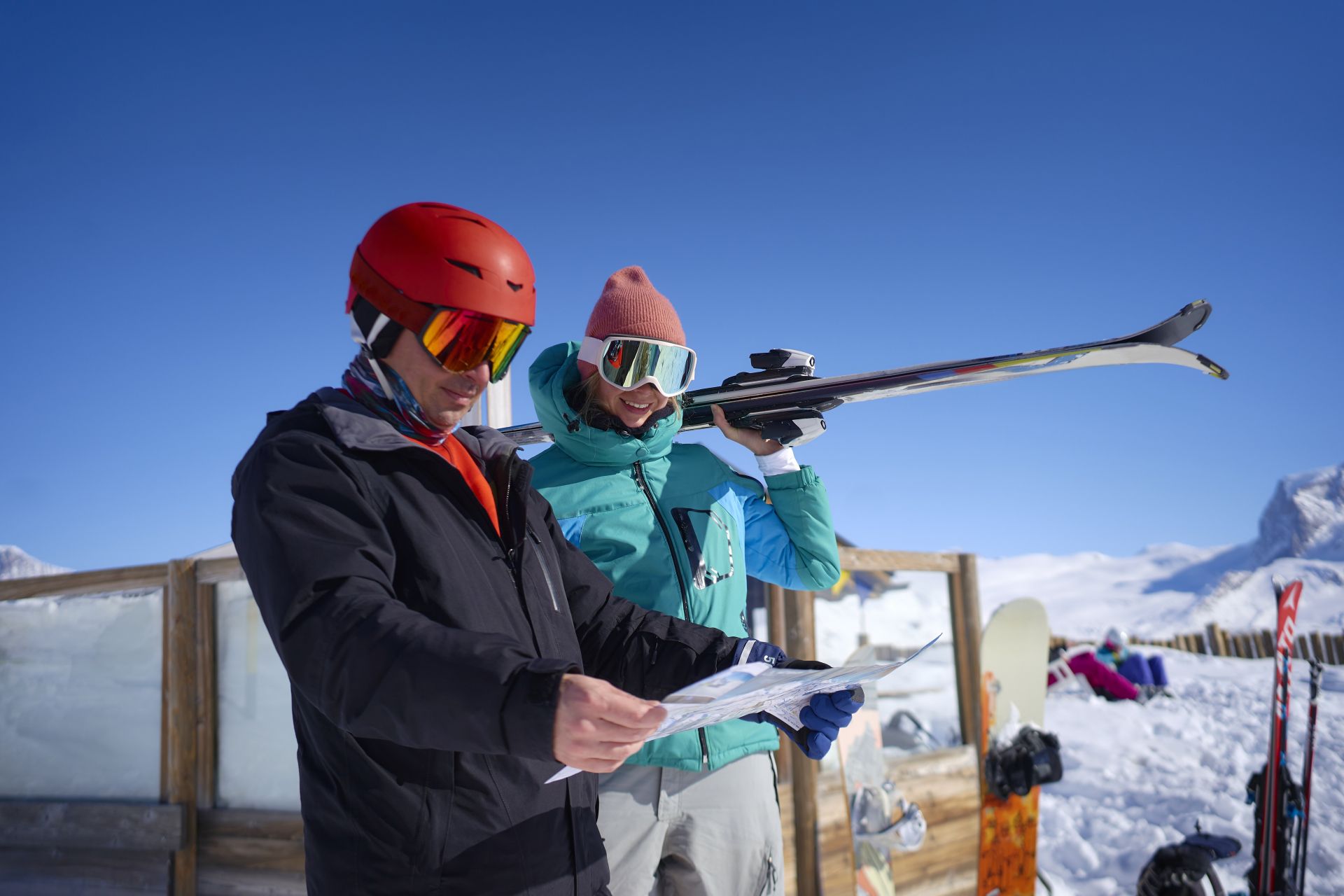
Hakuba is breathtaking in winter, but planning ahead ensures your trip runs smoothly. Here are key points to keep in mind:
1. Snowy and Icy Roads
If you’re driving, confirm that your vehicle has studded or winter tires. Snow chains are also recommended for RVs. Drive slowly, keep headlights on, and watch for ice patches, especially early in the morning.
2. Early Departures on Weekends
Traffic heading toward Nagano can be heavy on Friday evenings and Saturday mornings during ski season. Leaving Tokyo before 7:00 AM helps you avoid delays and ensures smoother travel.
3. Luggage and Ski Gear
Most train and bus services have storage space for skis and snowboards, but space is limited. If needed, use luggage delivery services like Yamato Transport (TA-Q-BIN) to send your gear directly to your hotel.
4. Local Transport in Hakuba
Once you arrive, getting around is easy:
- ・Free shuttle buses connect the major ski resorts.
- ・Local taxis are available, though limited in number.
- ・Many hotels offer courtesy shuttles to and from bus terminals or slopes.
5. Travel Insurance for Winter Trips
When traveling to snowy areas like Hakuba, it’s highly recommended to purchase travel insurance that covers winter sports. Many international insurance plans include coverage for ski-related injuries, equipment loss, or delays caused by severe weather. While Hakuba’s resorts are generally safe and well managed, accidents can happen, and insurance provides valuable peace of mind — especially for first-time visitors tackling Japan’s mountain slopes.
Summary: Which Way Is Best to Get to Hakuba from Tokyo?
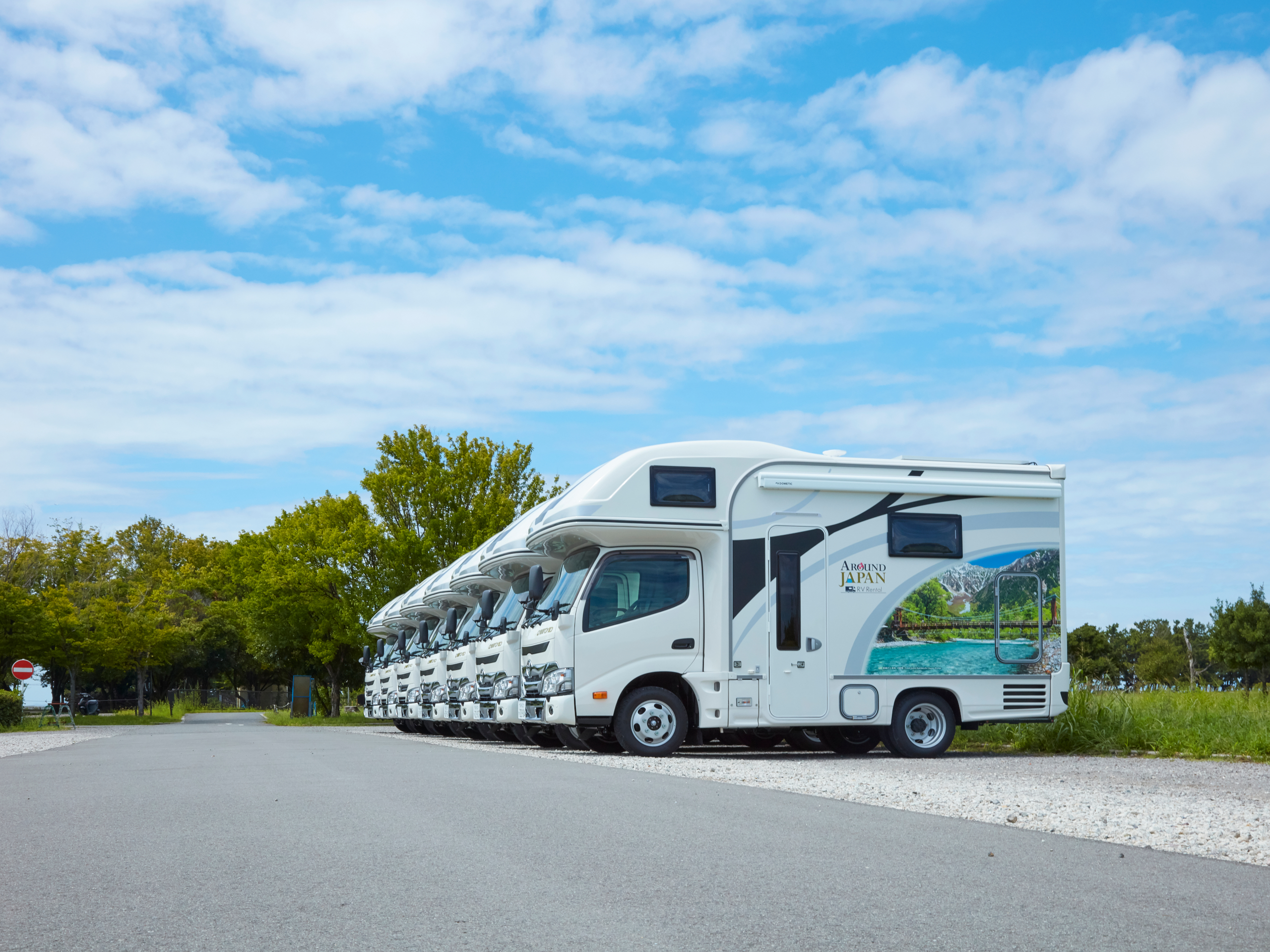
|
Travel Option |
Time |
Cost (one way) |
Best For |
|---|---|---|---|
|
Shinkansen + Bus |
approx. 3.5~4 hrs |
approx. ¥10,000¥~12,000 |
Comfort & reliability |
|
Highway Bus |
approx. 5~6 hrs |
approx. ¥5,000~¥7,000 |
Budget travelers |
|
Car / RV Rental |
approx. 4.5~5 hrs |
approx. ¥25,000~¥40,000 (RV) |
Flexibility & adventure |
|
Taxi / Private Transfer |
approx. 4.5~5 hrs |
approx. ¥80,000~¥200,000 |
Luxury & convenience |
Each option has its own charm. If you’re short on time, the Shinkansen + Bus route is unbeatable. For flexibility and adventure, choose an RV rental and enjoy Nagano’s beautiful mountain roads. Budget travelers will find great value in the highway bus, while families who prefer seamless comfort may opt for a private transfer.
Overall
Hakuba is a true gem of Japan’s winter landscape — combining deep powder, world-class resorts, and warm hospitality. Whether you arrive by train, bus, or campervan, the journey from Tokyo is part of the adventure itself.
If you want to explore not only Hakuba but also Nagano’s many onsen villages, castles, and ski resorts, consider traveling by RV (campervan). It gives you full freedom to plan your own route, stay close to the mountains, and wake up surrounded by nature.
After skiing, don’t miss soaking in a local onsen (hot spring) — one of the best ways to relax sore muscles after a day on the slopes. Many Hakuba hotels have outdoor baths with stunning mountain views, and nearby towns like Omachi and Matsumoto offer traditional bathhouses and regional cuisine that showcase Nagano’s culture.
Plan your next adventure with AROUND JAPAN RV RENTAL. All vehicles come equipped with heating, bedding, and winter tires, ensuring a safe and comfortable journey — whether it’s your first time driving in Japan or your tenth.
All prices in this article include tax.





